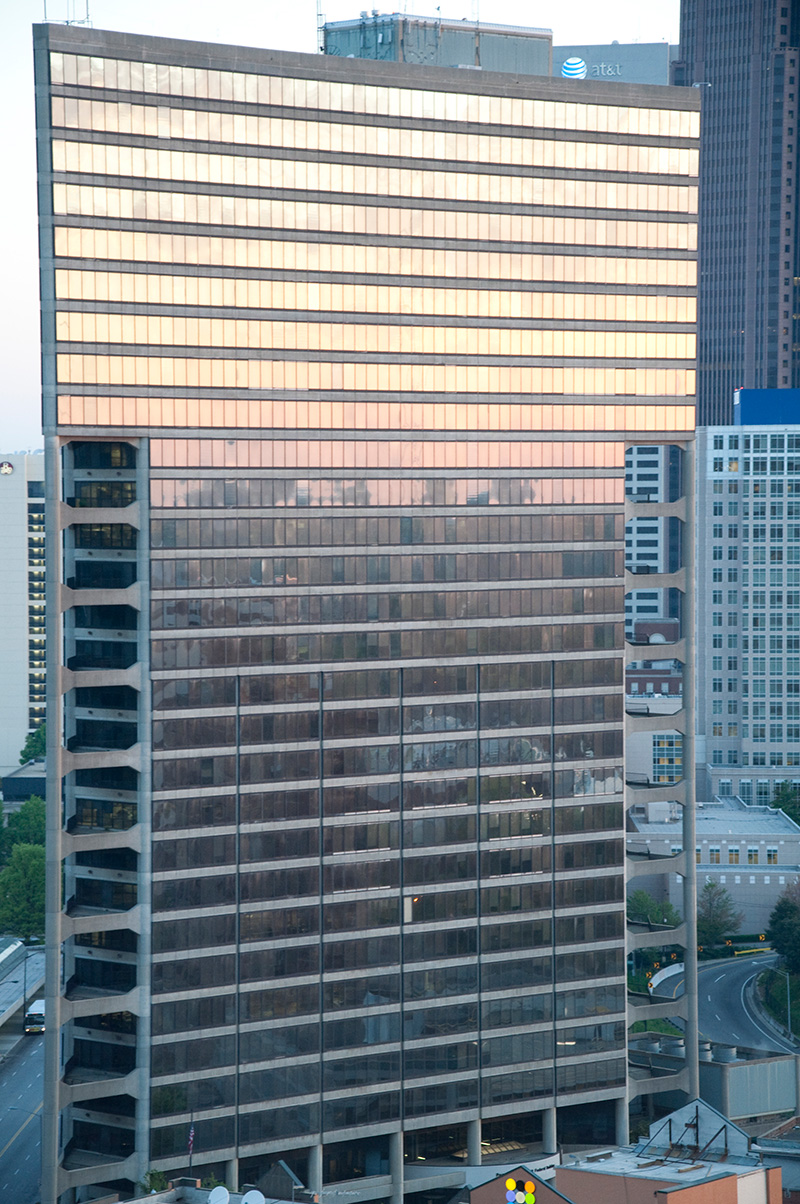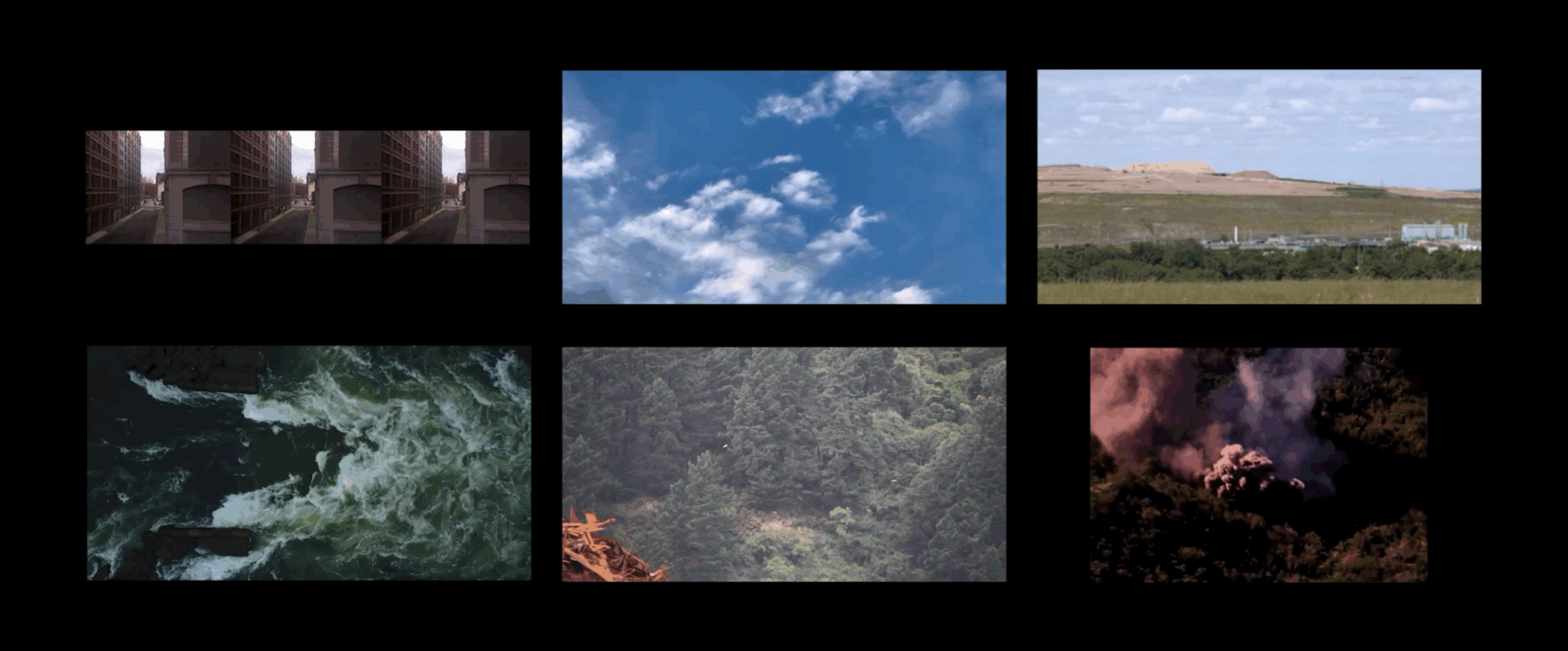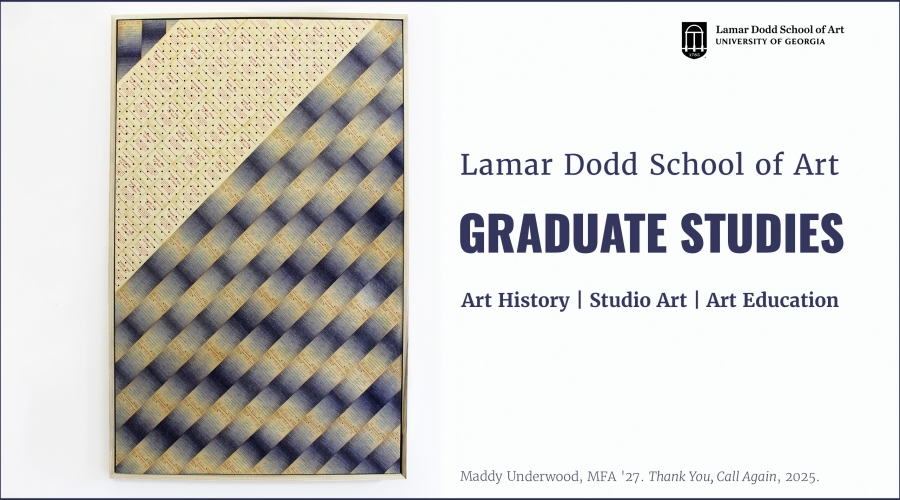Interdisciplinary Seminar Seeks to Bring Transparency to Immigration Court

Published
October 3, 2019
Categories
Faculty News
Graduate Student News
Student News
Tags
Course Spotlight
Dodd Chair
Featuring
Marni Shindelman
Academic Area
Photography & Expanded Media
During a recent Research Day at the Lamar Dodd School of Art, Professor Marni Shindleman and Dodd Chair Trevor Paglen’s Human Geography class traveled to Atlanta in order to act as court watchers that help bring clarity and transparency to the closed-door proceeding of immigration court hearings.
Paglen and Shindleman’s Human Geography course looks at how humans interact, shape and affect the landscape and world around them, and considers topics as diverse as immigration crisis, environmental pollution, food production, and the impact of war and disasters.
A new app called Innovation Law Lab created by a legal advocacy group is aimed at increasing accountability and transparency in the backlogged immigration court system. Immigration courts generally do not allow people to bring electronic devices into the courtroom. Court watchers instead fill out a paper guide during an immigration hearing. The guides then get scanned and uploaded to the app, which can pick out information from the guide and ask for more details about what happened. The group’s hope is that by collecting data from immigration courts all over the country, they can develop a data set that helps bring clarity and accountability to what is happening in these courts.
Shindleman’s class worked with the app in its pilot stage and traveled to one such court hearing. They watched and listed to the court proceeding, taking notes in the paper form provided to them, and then submitted the forms through the app to help the advocacy group gain data.
Specifics of the case itself cannot be shared, but Eleanor Duffy, a student in the class who has chosen to focus her work on the current immigration crisis, described the experience.
“The first thing you see as you walk in are smiling pictures of Trump and Pence looking down from above the receptionist’s desk. It’s a huge government building that houses lots of other departments. There are low drop tile ceilings and linoleum floors, a thick pane of glass between you and the receptionist. It feels sterile and tense and solemn. The courtroom feels much the same, not like the large important courtrooms on TV. Cheap, fake wood railings and benches, and a computer screen in front of each person (defense attorney, prosecution, and judge.) The only people not mediated by a screen are the respondent and the translator. In some of the courtrooms the judge and respondent are on a screen, not even in the building, video-conferenced in.
It is bewildering and dehumanizing. The way that the jargon is used in the court makes it all seem reasonable, rational, and normal…. It’s just how it is.”
Anyone is allowed to watch the court proceedings with the stipulation that if it is an asylum case or individual case, the respondent has to give permission for observers to stay in the room. If the court watchers are allowed to stay, the packets made by Innovation Law ensure that everything is done legally. The court itself is housed in the Peachtree Summit Federal Building on the 26th floor.





